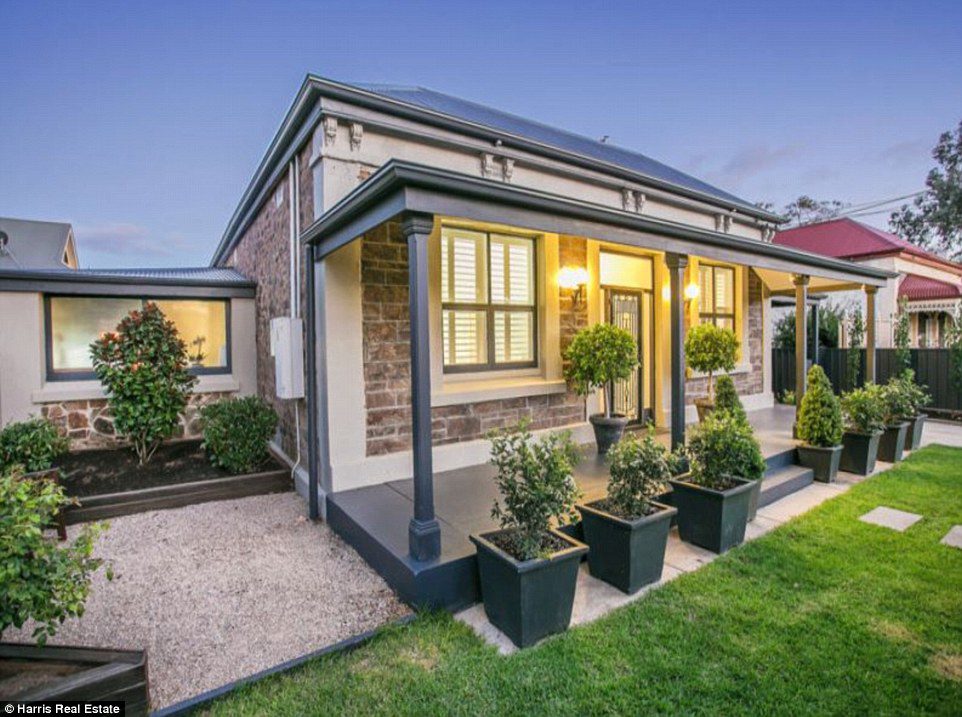Where to now for the property market?
Where to now for the property market? The RBA came out strongly in their February meeting, announcing a 0.25% rate rise and that further rate rise’s can be expected. According to their view, inflation is not contained and they’re ‘hell-bent’ on reducing consumer spending. Interestingly, at the start of the year, economists were predicting the cash rate to peak at 3.60%. Now it’s more likely to be between 4.00% – 4.50%… So where to now for the property market? · It’s a buyers’ market in many locations around the country. Vendors understand that the value of their properties have decreased and that credit conditions have changed significantly since 2021. · It’s our view that the second half of 2023 will be a time when we see increased ‘investor’ action. Those with strong borrowing and servicing power will pounce on undervalued properties. · On average, prices will decrease (with Adelaide & Perth bucking that trend) as interest rates continue to rise. · When the rises stop, however, and the tide turns, it’s our belief we’ll be set for another period of sustained growth. This is estimated to be in 2024 and beyond. Many economists are predicting we’ll see an increase in property prices similar to upswing of 2021 and 2022. Should you wait to purchase and time the market? In short, no. If you’re ready to buy and can afford to, take action today and you’ll reap the rewards in 2024 and beyond.










